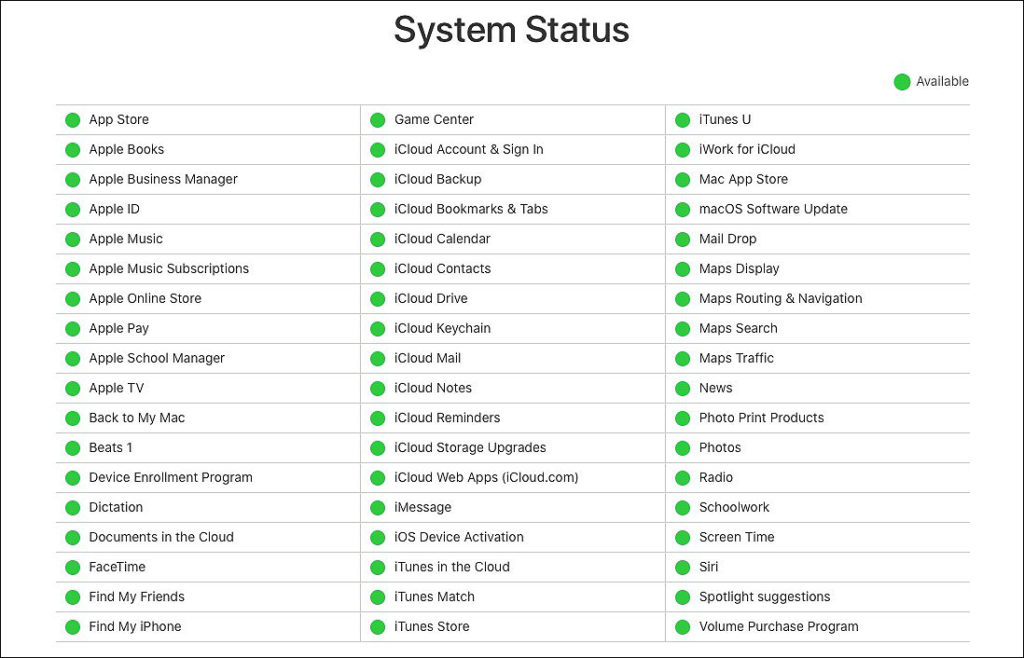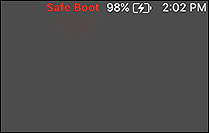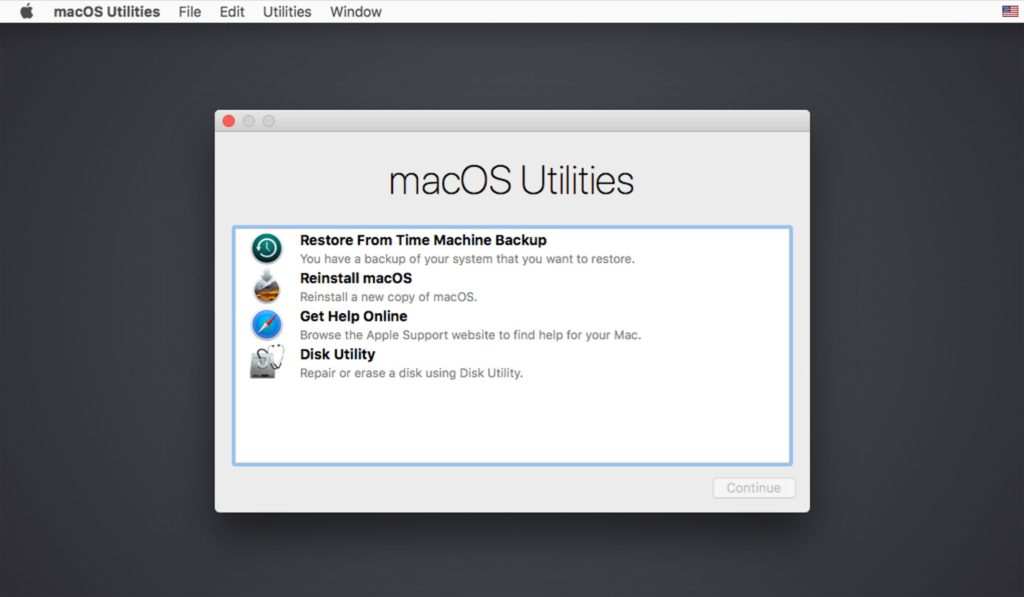Wondering why your macOS won’t update and looking for solutions to resolve the issue?
Operating system updates are essential, as they improve the overall performance, fix bugs, and provide new features.
Apple releases macOS significant upgrades every year and minor updates are released every 2-3 months. While this is a great feature that allows the users to enjoy better functionality, there have been a few reports that the macOS won’t update due to unknown reasons.
We had a look into this issue and found out that it can be caused due to several reasons, including corrupt updates and corruption errors within the operating system files.
If you are reading this right now, it is fair to assume that you cannot update your macOS like many other users. But don’t worry; we have listed some of the most effective solutions that will help you resolve the issue in no time.
Let’s get started.
1. Check the Apple System Status Page.
If you face any issues while updating your macOS, then the first thing you should try doing is check the Apple System Status page.
Most of the time, people rush into installing the latest updates as soon as they are released, which puts Apple’s server under pressure, and as a result, users face issues like the one at hand.
To check if Apple’s servers are causing the issue, simply go to the official System Status page and check the icon against macOS Software Update. If the icon is green, then that implies that the servers are working fine. In this case, proceed with the troubleshooting methods we have mentioned below.

However, if the icon is red or yellow, then there is nothing much you can do about it except waiting for the servers to get back on track.
2. Refresh the Update.
If macOS has frozen upon your attempt to install an update, then refreshing might help you resolve the issue.
The operating system can freeze due to several reasons, including a temporary bug or corruption error within the system. Once you refresh the update, it will resume and, hopefully, successfully install on your PC.
Here is what you need to do:
- Press your Mac’s power button for about 30 seconds to power it down.
- Now press and hold the power button again for a few seconds to resume the update.
- To check if the update is installing, press the Command + L keys simultaneously. Doing so will let you see the update with an estimated installation time. If the time is visible, wait for the installation process to complete.
If the installation completes successfully, good for you. However, if macOS won’t update even after refreshing the update, then see the next method below.
3. Boot Into Safe Mode.
It is common for third-party programs to interfere with the operating system’s operations now and then. If the issue at hand started occurring right after you installed a new program on your mac, then there is a high chance that the new program is causing the issue.
In case you don’t remember installing a new program recently, then the best way to identify the faulty application is to install the Safe Mode update.
A Safe Mode is a troubleshooting mode that starts the operating system only with the set of drivers and programs needed by the operating system to perform essential functions. For instance, if you have installed apps like Netflix or Torrent on your mac, you will not be able to use them in Safe Mode.
Here is how you can install the update in Safe Mode and resolve the issue:
- Power off your mac device, and once it’s shut down, turn it on again.
- Right after turning it on, press and hold the Shift key on your keyboard. Keep the key pressed until your screen displays the Apple logo.
- Locate Safe Mode or Safe Boot on the sign-in screen and log into the system.

- Now try to install the required update and check if that helps.
If a third-party application was preventing the update from installing, then the Safe Mode will allow you to install it without any issues.
4. Install Updates Manually.
You can also try installing the updates manually if your operating system fails to install them automatically.
The process of installing the updates manually is simple and would not take much of your time.
Simply head over to Apple’s website and check for the update you want to install. The latest updates are listed under the Download section of the website. Once you find your required update, click on it to begin the installation process.
4. Try Using CleanMyMac X.
Another possible reason that might be stopping your macOS from installing new updates is the lack of enough space on your device.
If you haven’t eliminated the junk files from your mac in a long time, then now might be the right time to do so because when these files get piled up, they can cause serious issues within the operating system. The most efficient and effortless way to increase your system’s overall space is by using a reliable online cleaner, and if you are looking for one, then we highly recommend CleanMyMac X.

As the name suggests, this tool is designed to help you get rid of your device’s junk files, but the services it provides are not just limited to that. It comes with a wide range of system maintenance tools that can take care of all your mac-related issues like sluggish performance and slow speed.
All you need to do is install the app, run a scan using it, and relax. The rest will be taken care of!
5. Use macOS Recovery.
If none of the methods mentioned above works for you, then we recommend using the recovery option available to macOS users.
This is a built-in feature that allows users to repair their internal disks, reinstall macOS, start up in Safe Mode, transfer files to another mac computer, and much more. In this method, we will use this option to uninstall macOS and then reinstall the latest version of it.
Here is what you need to do:
- Power off your Mac.
- Power it back on and press Options + Command + R keys simultaneously. Hold these keys till your screen displays the Apple logo. You will then be taken to the macOS Utilities screen.
- Select the Reinstall macOS option and wait for the process to complete.

Doing so will install the latest version of macOS available on your computer.
This wraps up our guide on fixing the macOS update error. We tried walking you through each troubleshooting step in detail and hope that one of the methods did the trick for you. In case you still have questions, please let us know in the comment section below. We will try our best to assist you.
If this guide helped you, please share it. 🙂





